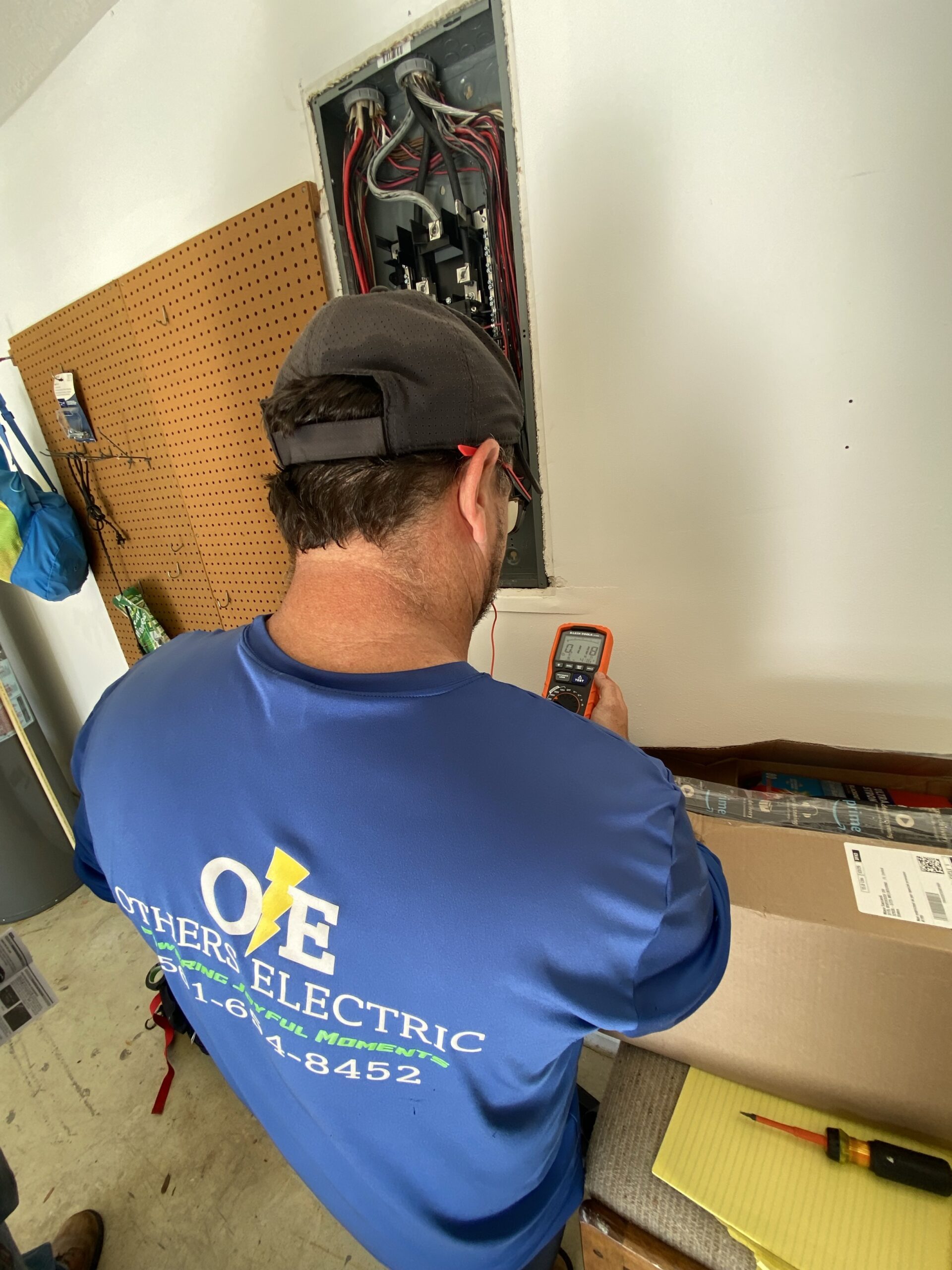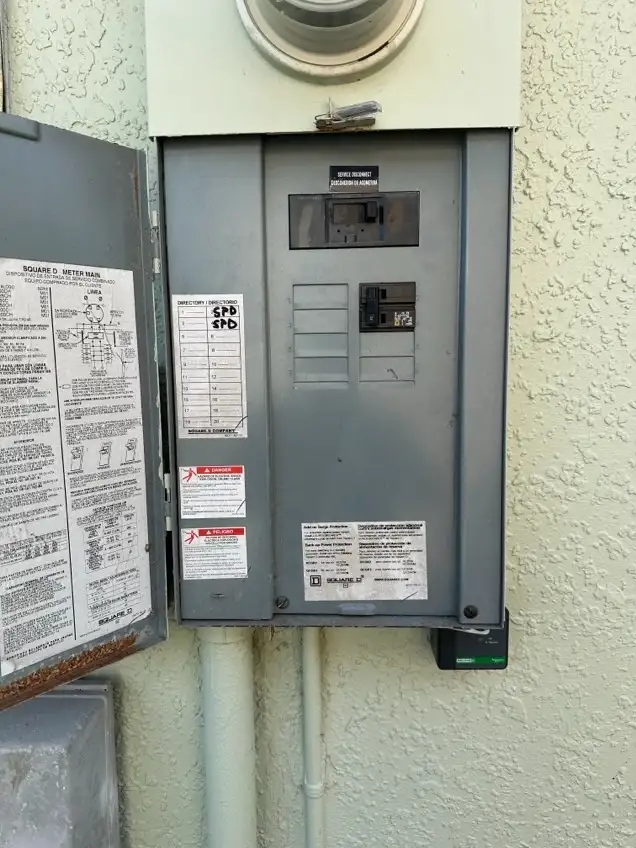What is static electricity? At its core, static electricity is an imbalance of electric charge. To understand static electricity, it’s essential to grasp a bit about atoms and their components. Every atom contains protons, neutrons, and electrons. Protons have a positive charge, electrons have a negative charge, and neutrons are neutral. Typically, the number of protons and electrons in an atom are equal, keeping the object electrically neutral.
However, when two different materials come into contact and then separate, one material may lose electrons, and the other may gain them. This transfer of electrons creates an imbalance, where one object becomes positively charged (lacking electrons) and the other negatively charged (having an excess of electrons). This imbalance is what we call static electricity.

How Static Electricity Forms
Static electricity is commonly formed through the process of **friction**. When two materials rub against each other, such as your shoes on a carpet or a balloon against your hair, electrons can be transferred from one material to the other. The material that gains electrons becomes negatively charged, and the one that loses electrons becomes positively charged.
Some materials are more prone to gaining or losing electrons. For example, rubber, certain fabrics, and plastics are excellent at accumulating static charge, whereas metals typically allow electric charge to dissipate quickly. This transfer of electrons through friction is the most common way static electricity is created, but it can also be formed through contact and separation or induction.
Contact and Separation
Static electricity can occur when two materials make contact and are then separated, even without rubbing. This happens because electrons can be transferred during contact. For example, if you pull apart plastic sheets or separate two different materials, static electricity may form, and you might notice the materials clinging to each other.
Induction
In induction, a charged object can cause the redistribution of electrons in another nearby object without direct contact. For instance, if you bring a charged balloon close to small pieces of paper, the electrons in the paper are rearranged, and the paper is attracted to the balloon.
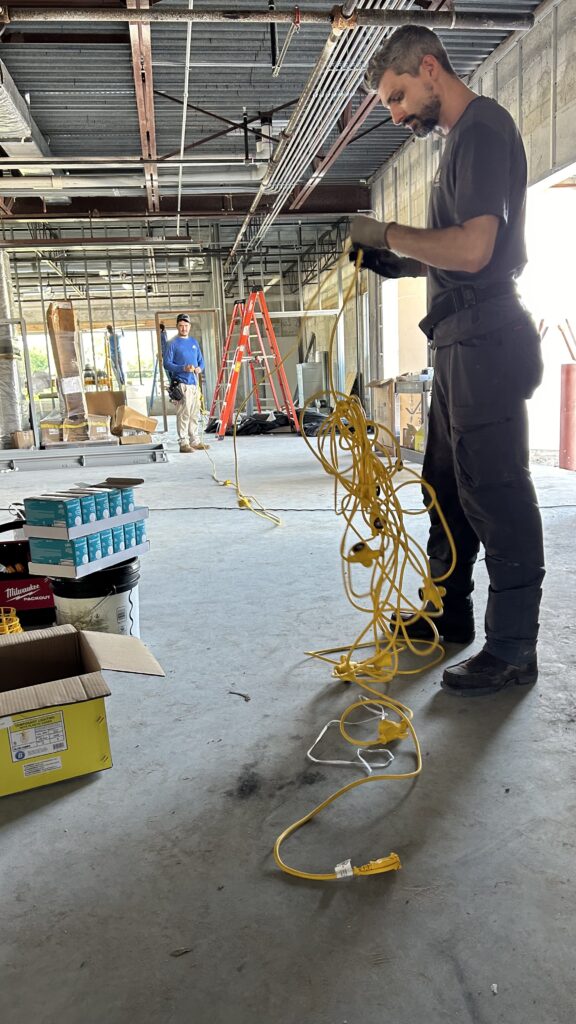
Common Causes of Static Electricity
While static electricity is often associated with dry winter months, when the air is less humid, it can occur in various environments under the right conditions. Common causes might include dry environments, friction between materials, rapid movement, and other contributing factors. One of the most fundamental purposes of understanding the basics of static electricity is understanding its causes. Let’s go over just a few of these common causes of electricity.
Dry Environments
In humid conditions, moisture in the air allows charges to dissipate more easily, preventing the buildup of static. However, in dry environments, particularly during winter, static electricity tends to build up more frequently because there is less moisture to conduct the electric charges away.
Friction between Materials
Certain materials are more likely to produce static electricity when they rub together. For example, synthetic fabrics like polyester, wool, and nylon often result in a noticeable static charge when they come into contact with other surfaces. Similarly, rubber soles on shoes can pick up a charge when walking on carpets.
Rapid Movement
Rapid movement of objects or air over surfaces can also generate static electricity. For example, industrial processes involving conveyor belts, paper mills, or textile manufacturing can create significant static charge.

Effects and Examples of Static Electricity
Static electricity can manifest in various ways, from harmless shocks to more serious effects in industrial settings. One of the most familiar examples of static electricity is the small shock you might feel when touching a metal object after walking on a carpet. As you walk, friction between your shoes and the carpet transfers electrons, and when you touch a conductor (like a doorknob), the charge rapidly dissipates, causing a small electric shock.
Static electricity can also cause fabrics to cling together. This happens when fabrics rub against each other in a dryer, for example, causing them to accumulate charge and stick together. On a much larger scale, static electricity is responsible for lightning. Thunderstorms generate strong upward air currents that cause water droplets and ice particles in clouds to collide.
These collisions result in a separation of charge within the cloud, leading to a buildup of static electricity. When the charge becomes too great, it discharges as lightning, a powerful and dangerous form of static electricity. In industrial settings, static electricity can pose serious risks. For example, in environments where flammable materials are present, a static discharge can ignite gases or vapors, leading to explosions or fires. As a result, many industries implement strict controls to manage static electricity and prevent dangerous discharges.
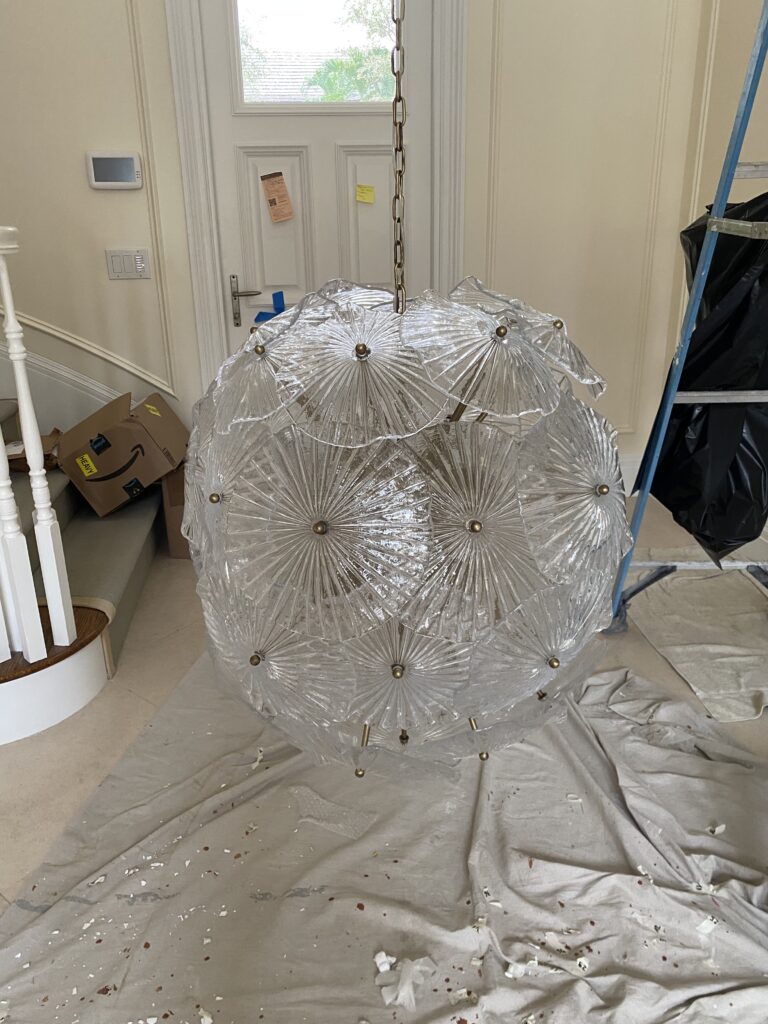
How to Manage and Prevent Static Electricity
Although static electricity is a common occurrence, it can be minimized or controlled through several methods, particularly in sensitive environments like hospitals, manufacturing facilities, and data centers. One of the simplest ways to reduce static buildup is to increase the humidity in a room. Using a humidifier in dry environments can help prevent static electricity from building up on surfaces like carpets and furniture.
There are also various anti-static products available, such as sprays, mats, and wrist straps. Anti-static mats are commonly used in environments where static discharge could damage sensitive electronic equipment. Anti-static wristbands help workers ground themselves when working on electronics, preventing electrostatic discharge.
Grounding conductive objects, such as machines or large pieces of equipment, allows static electricity to dissipate safely into the ground. This is especially important in industrial settings, where static buildup could result in hazardous discharges. Using materials that are less prone to static buildup can also help manage static electricity. For example, wearing natural fibers like cotton instead of synthetic fabrics can reduce the likelihood of static cling, and using anti-static carpeting can minimize static shocks.
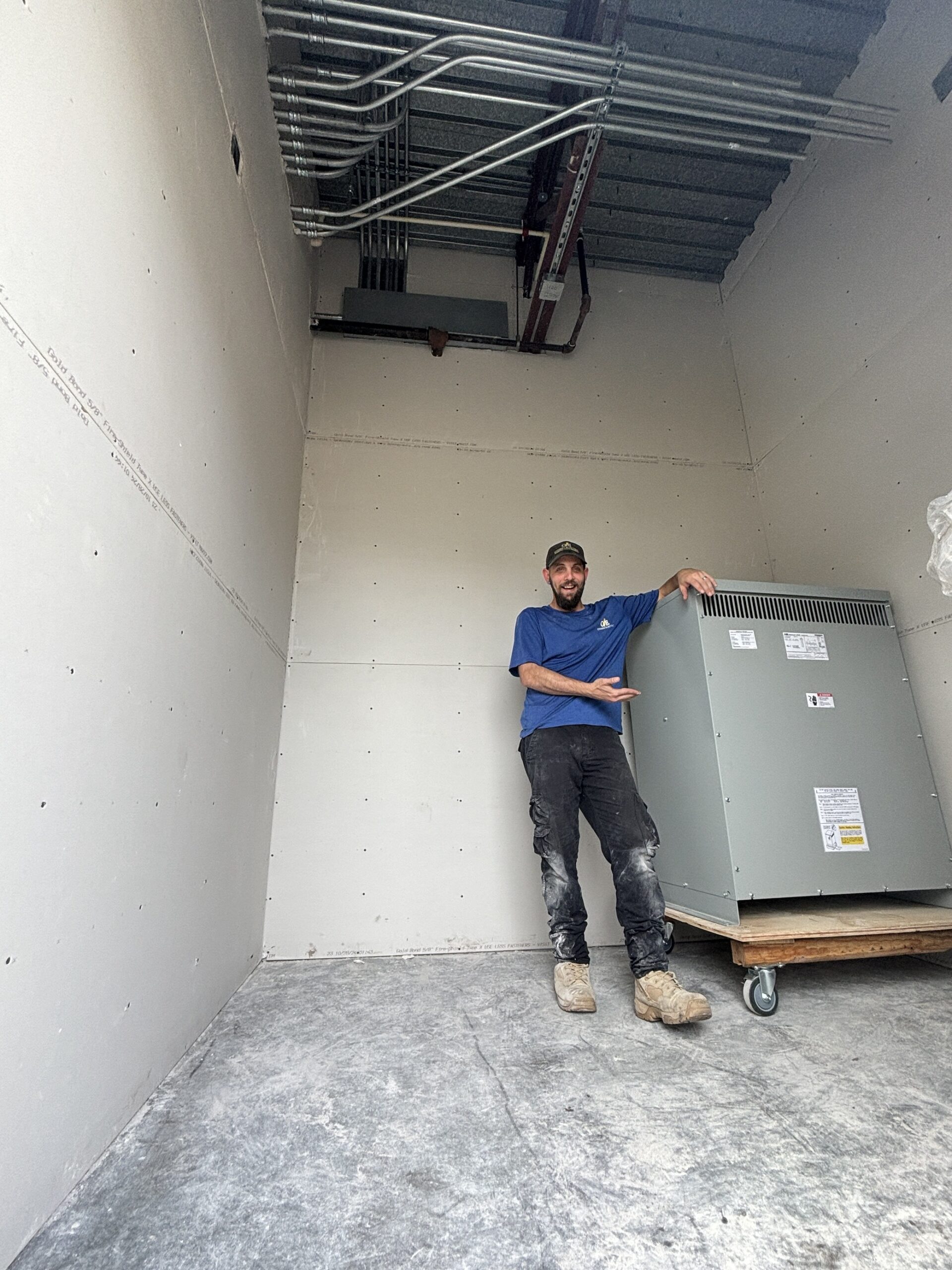
Conclusion
Static electricity is a natural and ever-present phenomenon caused by the imbalance of electric charges on the surfaces of objects. While it can lead to minor annoyances like shocks and static cling, it can also have more significant effects, such as causing fires in industrial environments or being the source of lightning. By understanding how static electricity forms and its causes, you can take steps to manage it, whether in your home or workplace.
At Others Electric, we believe in educating our customers about the many facets of electricity, from common phenomena like static electricity to more complex electrical systems. Whether you’re curious about how static works or seeking professional help with your electrical needs, we’re here to provide expert advice and services to keep your environment safe and functional.



